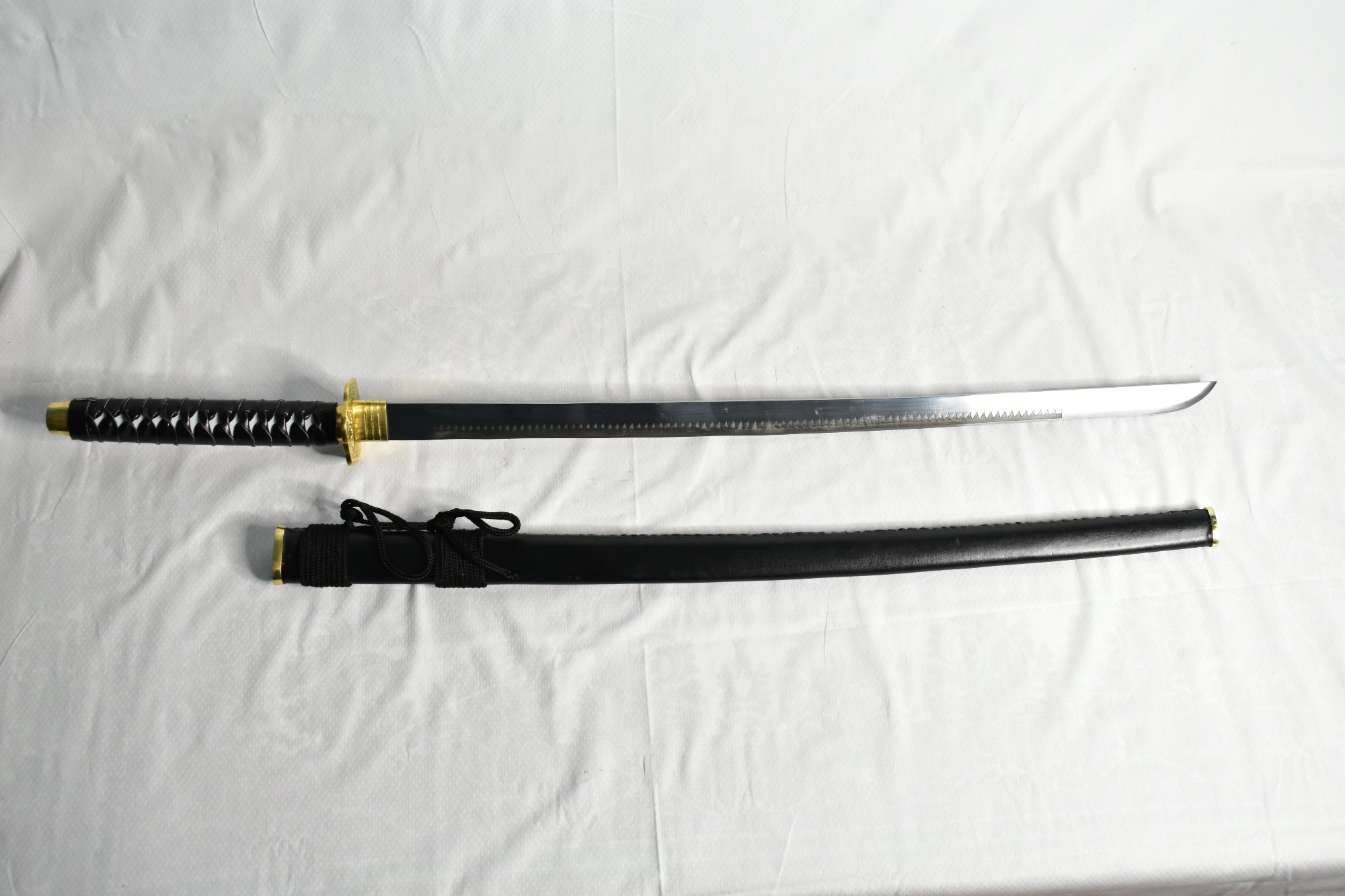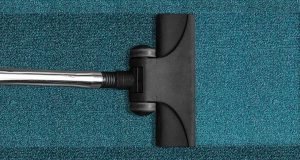The Katana, a traditional Japanese sword, has for some time been respected for its exceptional craftsmanship, deadly accuracy, and representative significance. Crafted through a careful interaction that mixes metallurgical mastery with artistic artfulness, a masterful katana sword is more than a weapon; a show-stopper encapsulates the substance of Japanese culture.
Metallurgical Excellence:
At the heart of each masterful Katana lies the decision of steel and the intricate course of manufacturing. Traditional Japanese swordsmiths frequently use Tamahagane steel, a special kind of iron sand that goes through a labor-escalated purifying cycle. Metallurgical excellence is the foundation upon which a Katana’s quality and performance are constructed.
Hamon: The Temper Line:
The hamon, or temper line, is a hallmark feature of a masterful katana. Achieved through the differential hardening process, the hamon is the noticeable line on the blade that separates the hardened edge from the gentler spine. Swordsmiths take great care in creating a hamon that supplements the overall plan and reason for the katana.
Geometry and Proportions:

The geometry and proportions of a katana are critical factors in determining its balance, handling, and cutting productivity. A masterful katana displays a harmonious mix of bends, angles, and proportions that add to its overall functionality.
Tsuba and Fittings:
The tsuba, or handguard, along with other fittings, plays a crucial role in both the functionality and aesthetics of a katana. Crafted from materials like iron, brass, or even valuable metals, the Tsuba fills in as both a defensive guard and a canvas for artistic articulation. The attention to detail in the plan and craftsmanship of the Tsuba and fittings enhances the overall beauty and uniqueness of the Katana.
Signature and Legacy:
Each masterful katana swordbears the signature of its creator, a testament to the legacy of the swordsmith. The signature, known as the Mei, adds historical value and authenticity to the Katana. Knowledgeable enthusiasts can trace the lineage of a Katana through its Mei, interfacing the sword with a particular everyday schedule and adding to its cultural and historical significance.
From the decision of steel and fastidious manufacturing methods to the intricate details of the hamon, geometry, and fittings, a masterful katana is a result of unparalleled skill and craftsmanship. Past its job as a weapon, the Katana stands as an image of Japanese heritage and artistry, epitomizing hundreds of years of tradition and dedication. Each masterful Katana is a novel masterpiece that transcends its utilitarian purpose, captivating the imagination and regard of admirers around the world.




